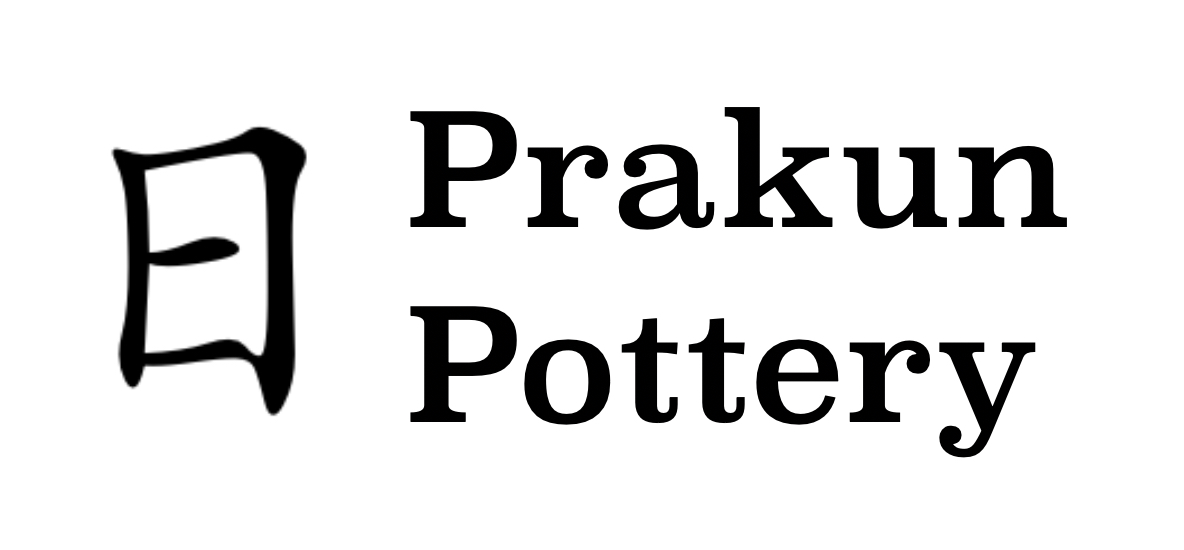The Magic Cave
5 October 2022
I’m happy to report that Becca and I both slept long and deep last night, laying the groundwork for a good first day in Turkey. A magnificent breakfast added the second layer to this foundation. I explored the pool area while we waited for breakfast, inspecting a rose arbor and a medlar tree. I hadn’t realized medlars grew anywhere but Europe during the Middle Ages—their fruit is picked in late autumn, I believe, and left to soften (or blet) for months afterward. When fully mature, it’s said to tase like spiced applesauce. Unfortunately, we’re a few months early for that experience.
But I digress from breakfast. The parsley, thyme and grapes were all cut ten minutes before we ate them. The tomatoes and greens (and perhaps the olives) came from the farm as well. It’s a happy place for this lover of gardens.
Medlar trees!
A tasty breakfast spread makes for a happy Leah (Becca, too, but especially Leah).
The pottery studio was a happy place for the lover of clay. Pottery has a long history here in Avanos. We were told today it goes back as far as the Hittites, who dug red clay from the river and white from the hills. The potters today do the same. Traditionally, men from Avanos had to be master potters to prove themselves marriageable. A man’s prospective in-laws would come sit by his wheel as he threw the lid of a sugar bowl, and then the bowl itself. The lid had to fit perfectly—no measurement allowed. If he could do it, he was good enough to marry.
A studio space, shop front, and living room (in which to serve guests tea, coffee, or wine) — all at once! Becca was impressed by the versatility of the space. Furthermore, the couches were amazingly clean for being in a clay workplace.
A master-made Hittite sun decanter in Leah’s hands.
The stakes are significantly lower for tourists invited to try their hands at throwing. With the help of 6th-generation Master Metin, I made a lopsided bowl. Becca practiced Hittite sun decanters. Hollow so the sun can shine through and bless the wine, these forms are everywhere in Avanos. Potters and tour guides frequently mime the motion: the decanter is held with an arm through its hollow center and a firm grip on the handle, the wine poured with a bow. It’s a symbol for this region, decorating many a roundabout and public sign.
Becca was particularly happy to learn the technique these potters use. (She figured out her own method when she first tried the form a few years ago.) She’ll likely have more to say for herself later, and I won’t steal her thunder.
Leah calls this Becca’s manic look, which always comes moments before she takes to the wheel.
The potter at work. Or play?
Cross-sections of the center “donut” part of the decanters Becca made. The left displays the technique that Master Metin showed to Becca; the right shows the way Becca has made decanters before.
The women at the pottery studio invited us to share their lunch, and we communicated with google translate and goodwill over lentil stew, fried eggplant and potatoes. Becca has promised to go back, so we’ll probably spend some of our unstructured time on Thursday there as well.
The show rooms, beyond the shop front and kilns, were all well-ventilated, underground spaces with countless pots. Though our tour was scheduled for two hours, we were in this family’s studio for at least five.
An exquisitely decorated dervish on a matching platter.
For now I will leave you with the challenge one of the potters posed to me: which one of these cups is the most valuable? Give your answers in the comment section, and we’ll reveal it with the next post!
The left, the right, or the middle — which is the most technically accomplished? Comment below and we’ll let you know next time!










